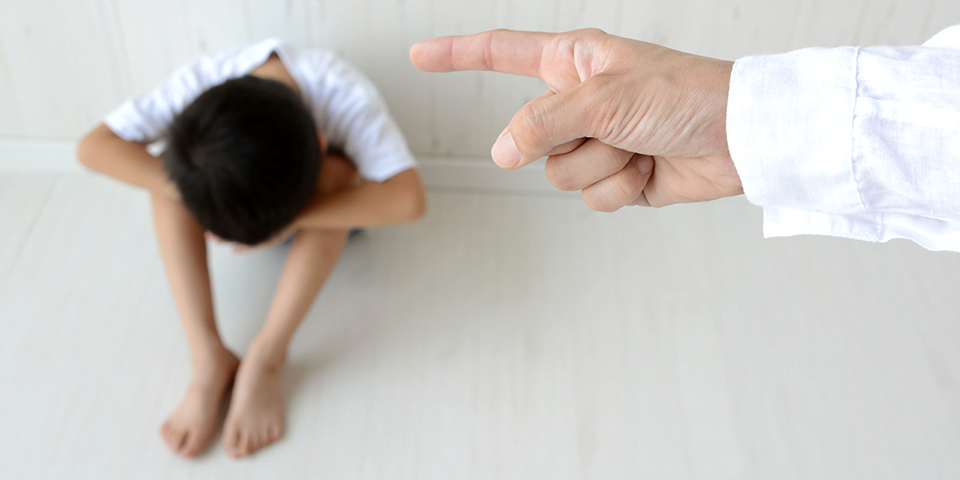Early childhood placement in out-of-home care is linked to an almost five times greater frequency of childhood-onset mental disorder, researchers say.
In addition, while the risk is lower, children known to child protection services during early childhood are almost three times more likely to be diagnosed with mental disorder during middle childhood.
The research, led by UNSW Sydney and Neuroscience Research Australia’s Professor Melissa Green, examined associations between being the subject of child protection reports in early childhood and diagnoses of mental disorders during middle childhood. The findings were published in the Medical Journal of Australia this week.
The research analysed linked NSW administrative data from 2001 to 2016 for a population cohort of children enrolled in the longitudinal NSW Child Development Study.
Results reveal 13,796 of 74,462 children in the study (18.5 per cent) had been the subjects of reports to child protection services during early childhood. Of those, 1,148 children had been placed in out-of-home-care at least once, and 1,680 had been the subjects of substantiated risk-of-significant-harm reports but were not placed in care.
“After adjusting for sex, socio-economic disadvantage, perinatal complications and parental mental illness, early childhood contact with protection services was associated with increased frequency of being diagnosed with a mental disorder during middle childhood,” the report said.
“The frequency was highest for children who had been placed in out-of-home-care.
“The adjusted odds of being diagnosed with a mental disorder during middle childhood was almost three times as high for children known to protection services during early childhood as for children without reports. For those placed in out-of-home-care the odds were more than five times as high.
“The odds of developing stress-related, conduct, and hyperkinetic disorders (including attention deficit/hyperactivity disorder) were at least 10 times as high for children placed in care.”
Professor Green and her team emphasise that their findings should not be interpreted as suggesting that child protection services are leading to mental health problems in children.
“Rather, we interpret our findings as reflecting the consequences of maltreatment that causes contact with child protection services, recognising that leaving a mistreated child with their family may risk further harm despite the intervention by child protection services, but that out-of-home care may not always provide optimal protection,” the report states.
In conclusion, the report says the findings “highlight the need for strategies for detecting children at increased risk of being harmed, in order to provide support to families much earlier, preventing maltreatment and its damaging mental and social consequences”.






